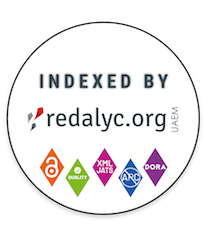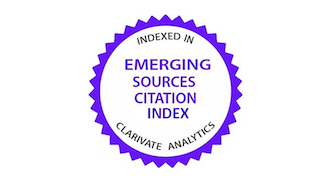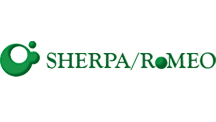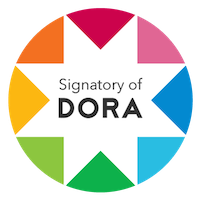General Information
Submissions
Submission Preparation Checklist
As part of the submission process, authors are required to check off their submission's compliance with all of the following items, and submissions may be returned to authors that do not adhere to these guidelines.- To submit manuscripts for editing to Agronomía Mesoamericana, the downloadable template must be used; otherwise, they will not be considered for preliminary review.
In memoriam
They are no-formal publications, it objective is pay tribute to outstanding professionals who have had some participation in the PCCMCA. They are placed after the index, with the title of In Memoriam. The maximum length of the document in Word be 3.5 sheets. The final edition will be in charge of the Associate Editor and the Editor in Chief.
Articles
Is the result of a profound and detailed investigation, is novel, with all of the elements of an article, including title, the authors’ full name and affiliations,, summary and rightfully translated abstract, keywords, introduction, materials and method, results, discussion, conclusion and cited literature (relevant and recent citations must not be omitted) It must include an appropriate number of charts and substantial and relevant figures that demonstrate and enhance the merits of the work for a publication in an indexed journal. It’s a text with academic character that demands the compliance of certain norms about its general structure and content. These fundamental aspects are determined by the type of readers and divulgation media. The use of specialized language and formal tone in which the article is written facilitates the access to the information and therefore, its comprehension. It must carefully be written to avoid unnecessary subjects, in order to communicate its content in a clear, summarized way, without disregarding the essential citations and references. It should include everything that was researched and not fractionated in order to originate two or more articles. The articles must not have an extension of more than thirty pages in Word.
Technical Notes
It refers to the publication of technical development or innovating methodologies preferably, or its scientific adaptation, modification, promotion and dissemination that presents an interest for the Mesoamerican region. Among them, improvement methods, statistical analysis, field, greenhouse or laboratory instruments or apparatuses. It also refers to report of special significance, urgency or interest, but they must include relevant preliminary results. The didactic nature in the Mesoamerican context will be evaluated these publications. The document must not exceed the 20 pages in Word. It can address the results of the practical trial on a very specific problem, based in a general use procedure in the profession. The discussion in a technical note can have a more explanatory (qualitative) approach tan a critical one, while in a formal article, this is a relevant and representative section of the work (qualitative if the variables allow it, but generally quantitative).
Literature Reviews
They are collections and syntheses of the knowledge in a specific field of interest in the agricultural sciences on the Mesoamerican area. They cannot have an extension longer than thirty pages in Word. The National and International Editorial Council is who request literature reviews to authors with a well-known trajectory in the corresponding field of investigation that must include background investigation and peer reviewed publications on the subject.
Analyzes and Comments
It’s the analysis of a specific situation, done by a specialist with a well-known trajectory in the field and with previous publications in indexed journals. I can contain data, views, opinion, and it must include a literature review according to the nature and extension of the work. Also, it must include personal observations. It must not be longer than twenty pages in Word. Its format consists of an introduction, thematic development, and the literature review.
Technical Information
Es una modalidad de nota técnica, pero enfocada en aprovechar la amplia experiencia de un experto para orientar a investigadores, profesionales en el área agronómica o agricultores, sobre tema específico como el manejo de la fertilidad en potreros, requerimientos nutricionales de cabras lecheras.
Copyright Notice
1. Proposed policy for open access journals
Authors who publish in this journal accept the following conditions:
a. Authors retain the copyright and assign to the journal the right to the first publication, with the work registered under the attribution, non-commercial and no-derivative license from Creative Commons, which allows third parties to use what has been published as long as they mention the authorship of the work and upon first publication in this journal, the work may not be used for commercial purposes and the publications may not be used to remix, transform or create another work.
b. Authors may enter into additional independent contractual arrangements for the non-exclusive distribution of the version of the article published in this journal (e.g., including it in an institutional repository or publishing it in a book) provided that they clearly indicate that the work was first published in this journal.
c. Authors are permitted and encouraged to publish their work on the Internet (e.g. on institutional or personal pages) before and during the review and publication process, as it may lead to productive exchanges and faster and wider dissemination of published work (see The Effect of Open Access).
Privacy Statement
The names and email addresses entered in this journal site will be used exclusively for the stated purposes of this journal and will not be made available for any other purpose or to any other party.























